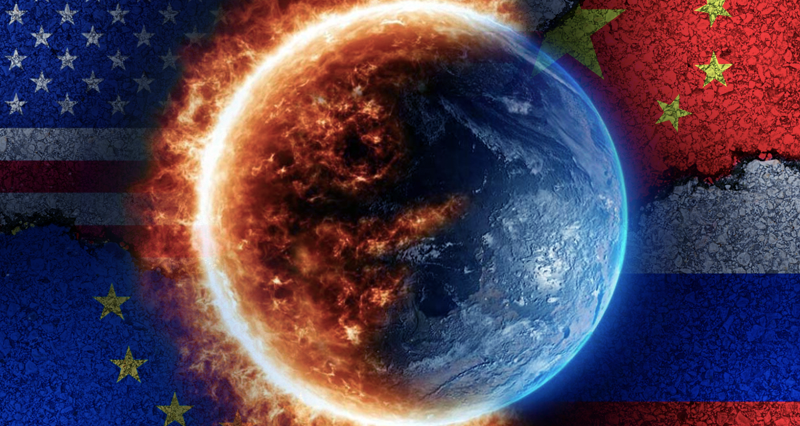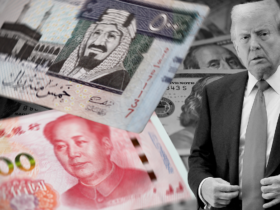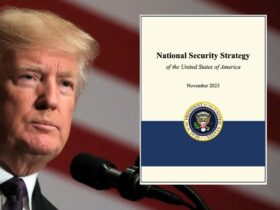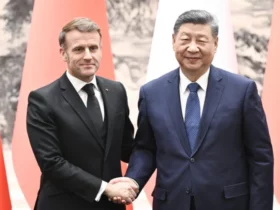Behind the war in Ukraine was the US strategy of breaking the ties between Europe and Asia through destabilizing Eurasia.
Washington’s 3 main objectives can be summarized as follows:
- To make Europe dependent on the US in all spheres including energy through the destruction of Europe-Russia relations,
- To put the world in a Cold War balance between West and East,
- Thus, to prevent China’s rapprochement with Europe – which is likely to become an independent pole – through forcing the emerging multipolar world stuck in a two-polar world.
Europe’s U-turn?
From the start of the war, European governments have been tagging behind the US and playing roles in accordance with Washington’s strategy.
But sanctions and moves depriving Europe of Russian gas backfired.
Europe has plunged into deep political and economic instability.
Governments were toppled in many European countries, the UK in the first place, and some others have lost power.
Precisely at this time, China became directly involved in the ongoing crisis in Eurasia.
In a meeting with his Russian counterpart in Moscow, China’s President Xi Jinping took the policy of neutrality in favor of Russia a step further and gave his support to Russia against the US.
Parallel to that, China has announced a 12-point peace plan in Ukraine.
Taken together with the international conjuncture, we determine that China’s proposal is more of a call to European governments than to Kiev to normalize relations with Russia, and with Asia through Russia.
Europe, already struggling with crises and worried about its future, could not dare to confront both Russia and China at the same time and responded eagerly to China’s call.
During his visit to Beijing, French President Emmanuel Macron signaled that France will not be a vassal of the US and will pursue an independent policy.
Shortly after Macron, German Foreign Minister Baerbock, stated their support for Macron’s statements, also in Beijing.
The moves by France and Germany, the locomotives of the European Union, have turned the given balance upside down.
Of course, only time will test how far European leaders will stand by their words with actions.
In assessing the process, it is important to keep in mind that the US-led NATO has infiltrated the every corner of European body.
The gateway to nuclear conflict?
Parallel to this process, two important developments took place in the military sphere:
The UK sent depleted uranium shells to Ukraine and Russia deployed nuclear warheads in Belarus.
These two moves taken together can be read as an evidence that Anglo-Saxon front might engage in new provocations, including tactical nuclear ones, in the face of the normalization between Europe and Russia, and in turn preemptive measure by Russia against this.
At the beginning of the war, the possibility of a nuclear conflict rose in cases like the Zaporizhia Nuclear Power Plant. There were even reports on which countries would be affected by radiation clouds in case of a possible leak.
Now we are back at the same point.
The US is well aware that losing Europe means losing world hegemony.
Europe has been experiencing the severe consequences of tagging behind the US over the last year.
In the coming period, Washington is likely to target governments in Europe seeking normalization with Russia.
The looming question is whether the US would engage in a nuclear provocation in order not to lose Europe its world hegemony.

















Leave a Reply